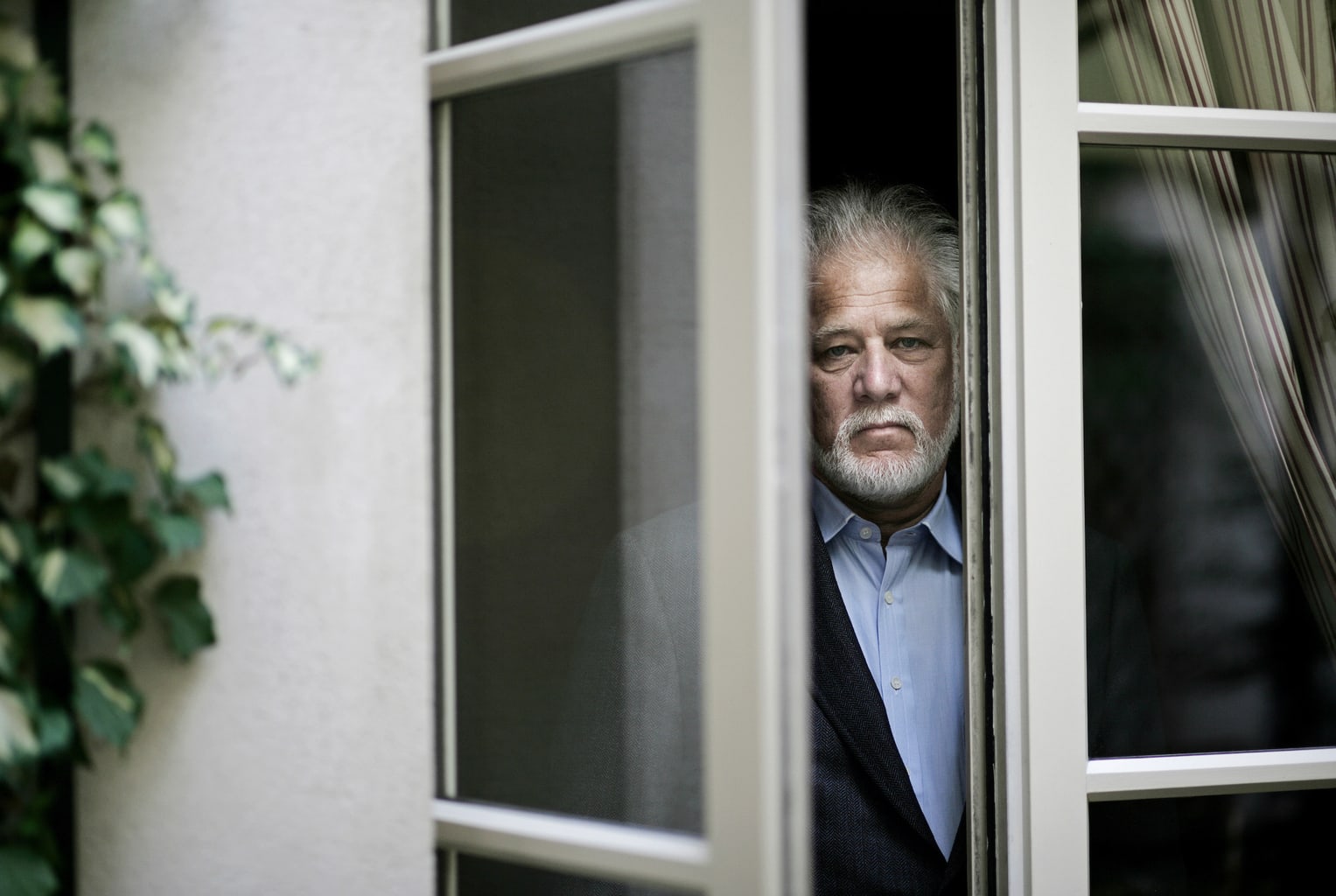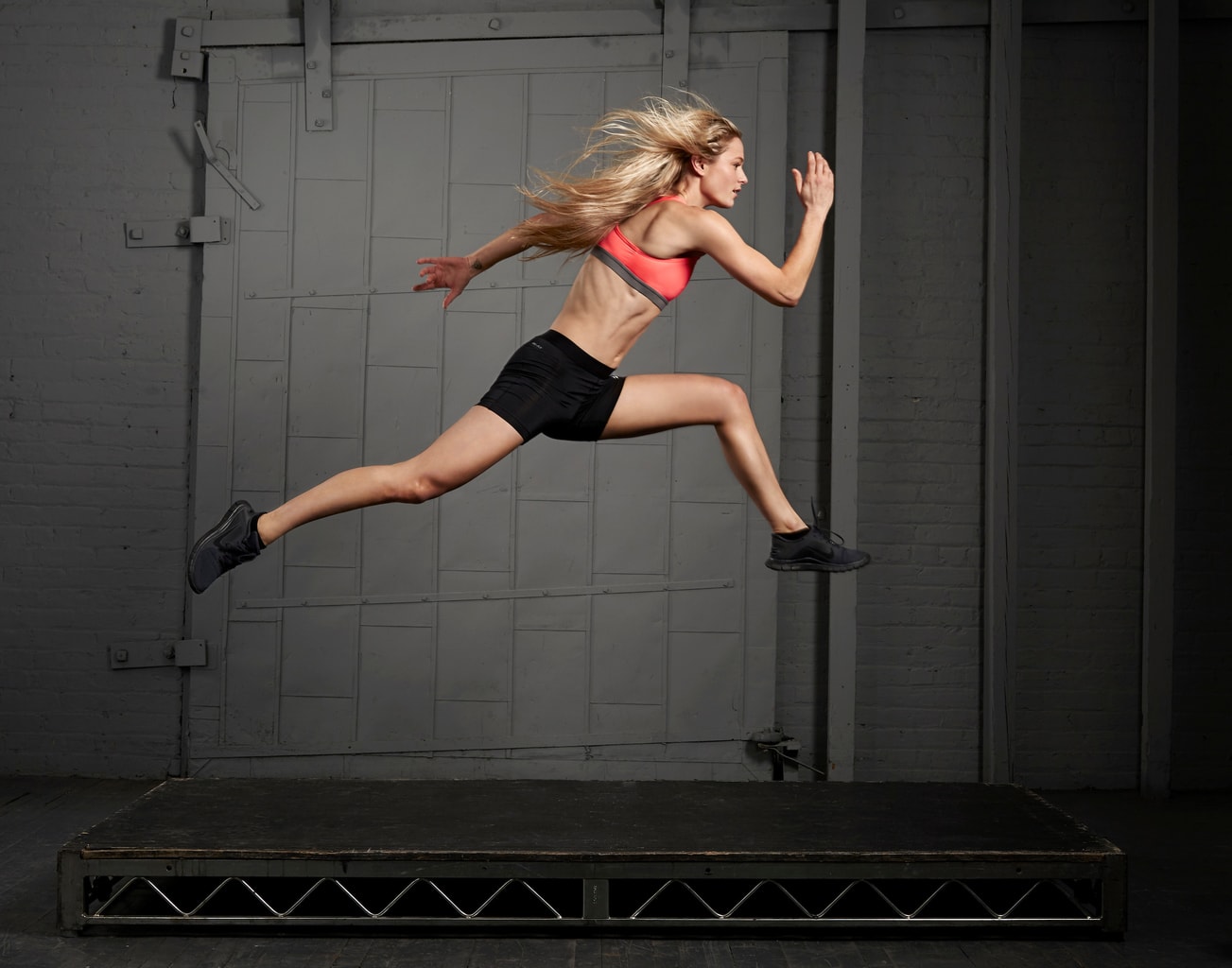Share
Kari Anderson: Finding New Photographers at Glasshouse Assignment
This interview is from our free, downloadable guide Tips to Getting a Photo Rep. For more tips, download your copy today, here. Kari Anderson i...

This interview is from our free, downloadable guide Tips to Getting a Photo Rep. For more tips, download your copy today, here.
Kari Anderson is Senior Artist Rep for Glasshouse Assignment, a New York City-based agency that represents a mix of emerging and established photographers and digital artists. Glasshouse Assignment places its roster of 13 artists with advertising, editorial and social media clients. They also operate a stock image company called Glasshouse Images.
When bringing on new photographers to represent, what qualities are you looking for?
I start by just looking at their body of work. They have to have a consistency that runs through their work. Even if they have several different categories, there needs to be a consistent look that runs through it.
I also look for a little bit of overlap because I do want a friendly competition among our artists. From the point of view of growing an agency, I feel it is important to have a little internal friendly competition. I’d much rather be getting three photographers out of my house than an ad agency looking to bid three separate photographers out of three different shops.
Where do you look to find new talent?
We get so many e-mails almost daily from photographers searching for representation that I’m not even out there really hunting. But I have been attending New York Fotoworks on a regular basis. I see portfolios and I meet people there. Then I get the follow-up e-mails. Sometimes there are people that couldn’t get an appointment with me, and I always welcome those sorts of connections. It’s been nice to see how the level of talent has really escalated through the New York Fotoworks process.
What do you tend to gravitate to when you’re looking for new talent? Is it the website? Social media?
I’m still a bit of a traditionalist. I really hold to a really solid website because everybody is going to go to a website first. I still love printed portfolios. That tactile connection with an image I think is still really valuable. Being able to sit and really look at it on the page allows you to appreciate it more as an art form as opposed to just a commercial piece. And the presentations that are coming through in a digital format, some of them are really quite impressive because the software is getting better and better.

Photo © Pascal Perich
What common mistakes do you see photographers making when looking for a rep?
When that initial e-mail that comes in, I want to see it well written. If somebody’s grammar is really poor, I’m going to question their capability of writing a really cohesive e-mail to a client. Having good writing skills is really important. There have been many times I will not even look at a photographer’s website just because that initial e-mail is so poorly written. I will have a level of forgiveness when I see that somebody is from out of the country and that English is not their first language.
How do you determine if a photographer is a good fit?
There are so many talented artists out there so after finding great work, a lot of it comes down to a personality fit. I’m really big on letting people know how I work and what I expect out of a relationship in terms of their responsibilities and our responsibilities and making sure that that person is okay with that. I’ve been in the business a long time. I’m not going to change. If people don’t like the way each other works then it’s going to not be a good relationship, regardless if it’s me or any other rep. You have got to know and understand how they work, how they want to do business, and see if that fits with your philosophy and your goals.
Lately, we’ve been doing a trial period before we actually sign a contract. We’ll throw somebody up on the website and try them out for a few months before we sign the contract. If we feel like we’re getting responses from people and that they seem to be fitting in well in terms of the overall look of the group, then we usually sign them.
What are some reasons a photographer might not work out?
Sometimes I don’t have the time to take on that new photographer. Other times, I’m getting nothing from the ad agencies. I may love the work, but it might not be the right fit with the other people that we offer up.

Photo © Zachary Maxwell Stertz
What advice do you have about how to choose agencies to approach?
You need to respect the work of the other people that you’re going to be with. You need to feel like you are, in fact, fitting in and adding to that group. All reps have an aesthetic. You need to know that you’re fitting into that aesthetic. Then it makes it easier to sell you. If you’re the odd man out, it sometimes makes it very hard for a total sale.
At what point in their career do you find that the photographers are ready to sign with an agency?
They need to have some of their own client base. If you’re coming in with a really solid client base then I think it makes it a lot easier for reps and on both sides to be able make the investment in terms of advertising that you need to do on your own behalf. If somebody’s coming in and they’re so new and they don’t have a client base, the investment in a new photographer is really great on a rep’s side.
Once they’re on board what services do you provide and what do you expect from them?
It’s little bit different with each photographer. Some have a greater skillset with being able to produce their own projects. With some, we have to do a little bit more handholding and guide them through a process. I work really hard at making sure they’re paired with the right producer so there’s that real support system.
Then we’ve got seasoned photographers who like to produce their own jobs. All I end up doing is the estimating and the billing. I end up being more of a paper pusher than a secondary producer.

Photo © Daria Khoroshavina
What do you expect of your photographers as far as their own promotion?
We work at having everybody do a direct mail piece ideally every quarter. We are in Archive Magazine bimonthly. Everybody shares in that ad space. As an agency, we do a ton of e-mail blasts every month. Some are a blanket e-mail blast and then some are rather targeted.
When we’re doing all of these e-mails we ask our photographers to also be doing e-mails about a week apart. The more touches you have out there the better. We try and do a tag team effort. You do need your name out there on a regular basis.
What do your contracts typically cover?
We outline our expectations in terms of promotion. Also any shared expenses or separate expenses such as shipping, some messengers or those types of things. It’s rather simplistic. To me any contract should be a plain language contract so that if somebody isn’t wanting to hire an attorney to go through it, they should be able to understand it. If a photographer gets a contract and it’s just so loaded with legalese that they can’t understand it, they should kick it back and say, you know what, I want to be able to read this without my lawyer. Not everybody’s going to have the revenue to go through a lawyer.
For more tips to lock down a rep and seal the deal, check out Tips to Getting a Photo Rep.



